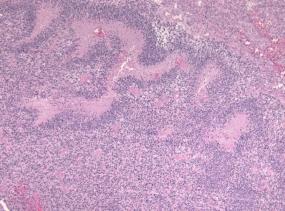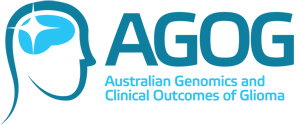What
What is a Glioma?
Gliomas are the commonest primary brain tumour, including disease classified as grade II to IV, from the lowest to highest malignant potential. The commonest glioma diagnosis is glioblastoma (grade IV; GBM), around 70% of all gliomas, affecting approximately 1000 Australian adults annually. The median survival of this population as a whole is reportedly as low as 7 to 9 months. Grade III glioma includes anaplastic astrocytoma (AA), anaplastic oligoastrocytoma (OA), and anaplastic oligodendroglioma. Grade II (low grade) glioma (LGG), even if initially more slowly progressive, usually eventually transforms to a higher grade glioma and also results in death.
What is AGOG?
Very little is known about what causes glioma or why different people respond differently to treatment. Unlike most cancers, survival rates for patients diagnosed with glioma have not improved over the last decade.
Australian Genomics and Clinical Outcomes of Glioma (AGOG) ultimately aims to identity people who are at risk of developing glioma, enable doctors to make an accurate diagnosis and provide the best possible treatment options through research.
AGOG is a national population-based database and linked biospecimen research resource with specific focus on clinical care patterns, functional genomics and the genetic epidemiology of glioma. The AGOG resource was established in 2008 to provide the infrastructure, consumables and personnel assistance for up to date clinical and epidemiological data collection, biospecimen processing and curation of human glioma samples in Australia.
Funded by a Strategic Research Partnership Grant from the Cancer Council NSW, AGOG is based within the University of Western Australia and the University of New South Wales. Collaborating partners include the Cancer Council NSW; the Centre for Genetic Origins of Health and Disease UWA; Cure For Life Foundation Neuro-oncology Laboratory and involved hospital sites across Australia.
The study itself involves patients diagnosed with glioma (men and women 18 years of age and over) consented at participating hospitals. Participation has been completely voluntary and consists of a tumour donation, a blood or saliva sample, clinical data collection and a survey.

